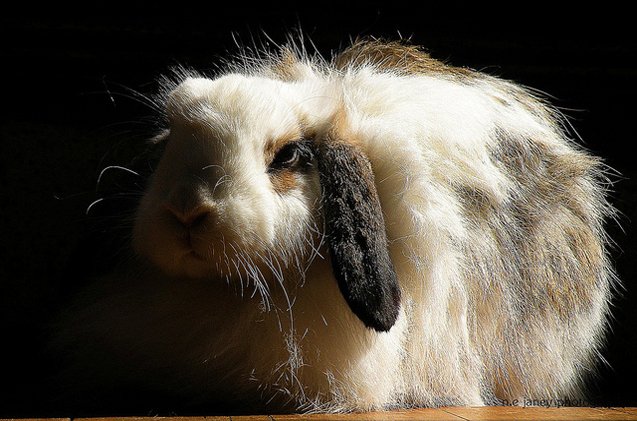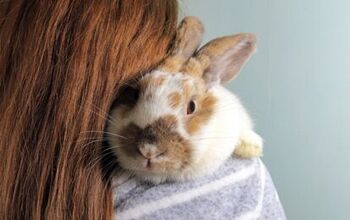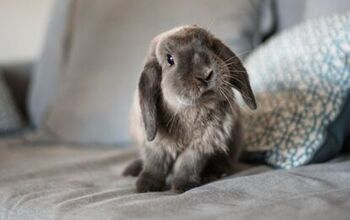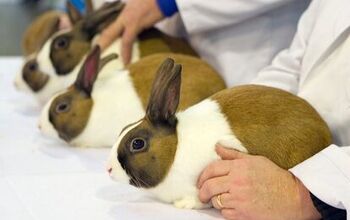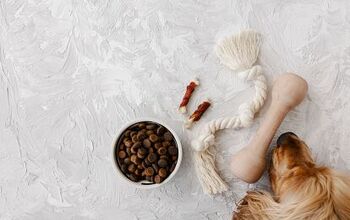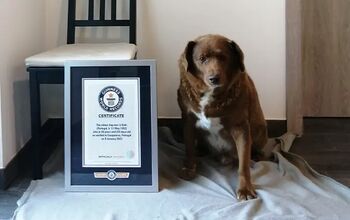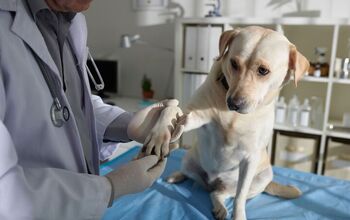American Fuzzy Lop


About American Fuzzy Lop
The American Fuzzy Lop has history that’s intertwined with that of the Holland Lop. There was a time when the Holland Lop rabbit was only available in solid colors, and breeders wanted to add a broken pattern to the gene pool. To do that, they bred their Holland Lops with English Spots. While they successfully produced a broken pattern, they failed to keep the Holland’s rollback fur. To remedy that, the breeders then introduced their Holland Lop rabbits to French Angoras, which have famous gentle rollback coats. The result was a wool gene introduced into the Holland Lop gene pool, and eventually, Hollands with long coats were found in litters. These were sold to people who enjoyed the rabbit’s small, lop-eared, woolly coat characteristics.
Patty Greene-Karl and Gary Fellers of the American East Coast and Kim Landry and Margaret Miller of the American West Coast recognized how adorable these fuzzy Hollands were and sprang into action. Patty Greene-Karl is credited with realizing that their “fuzzy” gene was recessive, so mating two Holland Lops carrying this gene resulted in 1 in 4 of their offspring with this kind of wool.
Patty then decided to develop these wooly rabbits as a new breed and so dubbed them the American Fuzzy Lop. After four years of development, she presented her rabbits in 1985 to the ARBA Convention in Houston, Texas.
The American Fuzzy Lop is sweet, energetic rabbit that is known to be great for show, fur and pet purposes.
The American Fuzzy Lop has a short, thick body. They have a broad chest, short shoulders and broad, deep, well-rounded hindquarters with plenty of muscles. Their fuzzy ears flop to the sides of their heads.
The American Fuzzy Lop is sweet, energetic rabbit that is known to be great for show, fur and pet purposes. Their wooly coat is great to be shown off to the world and the American Fuzzy Lop is a favorite in competitions. For practical purposes, this rabbit’s fur can be spun and made into different kinds of clothes. Their curious, playful attitude makes them great pets for singles, seniors and families alike so long as they are given plenty of love, affection and a place to let their energy run free (a fenced yard would be more than sufficient).
The American Fuzzy Lop’s coat is actually wool, as it can be spun into yarn despite being only about 2 inches in length. These rabbits are also known as “The Head of Fancy,” which lets you know how lovely their wool really is. American Fuzzy Lop wool is coarse, like that of an Angora rabbit – this means the coat will not be prone to tangling or matting. American Fuzzy Lops can be prone to matting around the tail area, mostly from sitting. Part of your grooming process should include trimming nails, brushing, and trimming the mats.
The American Fuzzy Lop rabbit can come in a variety of different colors such as Agouti, which is a combination of any color with white (colors include Chestnut, Chinchilla, Lynx, Opal and Squirrel) and the Pointed White Group, which is a pure white body. However, all American Fuzzy Lops have distinctive markings on their nose, have eye circles and tinted ears.
The American Fuzzy Lop’s coat is actually wool, as it can be spun into yarn.
Rabbits are clean animals when it comes to grooming themselves, and American Fuzzy Lops are no exception. These rabbits do not require daily grooming unless they are going through a molt. When this happens, simply run your fingers through their wool to work out any tangles and debris that may have gotten stuck in their coat.
You may also use a pet-specific brush if you don’t want to use your fingers, but under no circumstances should you fully bathe your rabbit; this causes them far too much stress. If you find a stain on your Fuzzy Lop’s coat, you can “spot clean” it with a damp cloth.
As with all other rabbits, their diet should consist of 70-80 percent hay and grass with the rest of their meal consisting of fresh fruits and vegetables. Make sure your rabbit’s enclosure is dung-free, clean, and always has fresh water at their disposal.
If your rabbit’s enclosure is outdoors, always be wary of the temperatures and weather forecast, as these factors can be a potential danger to your furry animal. Whether your enclosure is indoors or out, it’s best to keep this little guy happy with plenty of free time outside their cage. American Fuzzy Lops are active rabbits who love to run and jump round while basking in the sunlight, so a fenced backyard is recommended. If you live in an area where winters are particularly harsh and your Fuzzy Lop is indoors, they will still benefit from having time outside of their enclosures playing with their toys and cozying up with their favorite human.
The American Fuzzy Lop is not at risk for any particular disease, however because its fur is so wooly, owners should watch out for Wool Block. Rabbits groom themselves like cats by licking their fur, but while cats can regurgitate the fur out of their system, rabbits cannot. When they eat too much of their own fur, their bodies tell them that they are full, when in reality, they are starving. If left untreated, they can die, so it’s important for owners to be aware of when and how much their rabbits eat at all times. Some owners uses papaya enzyme tablets, as the enzymes are supposed to help break down the furballs (since rabbits can’t regurgitate) and therefore prevent blockage.
To prevent worms developing in your rabbit’s stomach, de-worming paste twice a year is a must. This parasite can be ingested through your rabbit’s food like hay or grass, which is why it’s important to take preventative measures in order to protect them.
Also keep an eye on your rabbit’s fingernail and teeth growth to make sure they are not overgrowing. A rabbit’s teeth grow at an incredible rate and usually, they are shaved down by their high-hay and grass diet. However, some rabbits’ teeth still tend to overgrow and if this seems to be the case with your rabbit, there are several ways you can go about reducing their teeth length including giving them some rabbit-friendly wood to chew and play with.
These rabbits love to play.
These rabbits love to play. Their energetic nature makes them ideal for families with younger children who have never had a pet before or for couples who want to take the next step in their relationship by caring for an adorable animal. Save for the initial purchases of their enclosures and the cost of the actual rabbit, they are relatively low-maintenance animals. They don’t require much grooming and simply need food, water and plenty of affection to keep them happy and healthy.
Purchasing two rabbits instead of one may give both rabbits another year or two of life, as animals tend to live longer if they have some company to pass the time. However, this means their enclosure should be sufficient to hold two fully grown rabbits with plenty of space to spare. Their playfulness is best seen outdoors where they have plenty of space to bounce around and eat plenty of pesticide-free grass. American Fuzzy Lop rabbits love to hang out indoors and hang out with their families on their own watch (that is to say, whenever they feel like it). With plenty of playtime and toys, your Fuzzy Lop will be a wonderful addition to a growing family.
Female rabbits can be spayed as early as 4 months of age; however vets like to wait until they are at least 6 months. This is because they older they are, the less risk there is of complications on the operating tables. Bucks can be neutered as young as 3 1/2 months old.
Photo credit: n.e.janey/Flickr; Helena Cruz/Flickr; migimatronica/Flickr

More by Diana Faria



